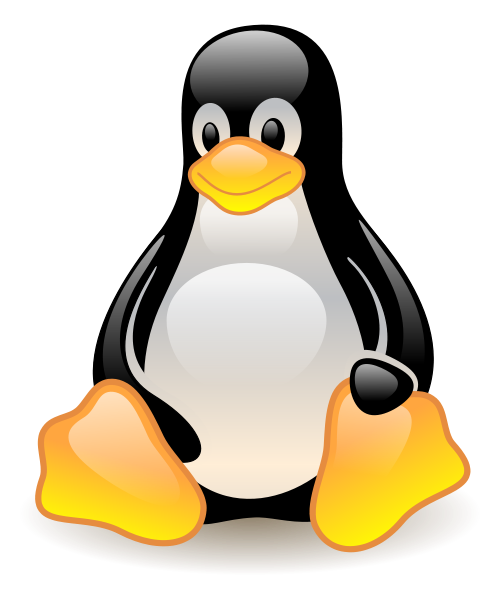Today’s video demonstrates how to configure Kata Containers on Oracle Linux 7 (OL7), allowing you to run containers inside lightweight virtual machines (VMs).
This video is is based on an article of the same name, but relates to a bunch of other articles and videos on the subject of containers.
- Kata Containers : Running Containers Inside Lightweight Virtual Machines on Oracle Linux 7 (OL7)
- Video: Install Docker on Oracle Linux 7 (OL7)
- Install Docker on Oracle Linux 7 (OL7)
- An Oracle DBA’s Guide to Docker
- Docker : All Articles
The star of today’s video is Jake Kuramoto, originally of The AppsLab fame, and now at WorkDay.
Cheers
Tim…

 My
My  I wrote a post a couple of months ago called
I wrote a post a couple of months ago called